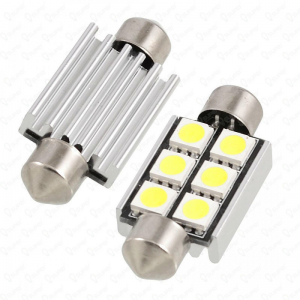Metal Core Layer thickness
Typical thickness for aluminum is 1.0mm to 3.2mm.
Typically a heat sink is attached to the metal base to further dissipate heat away from the components.
This layer can be made out of aluminum PCB copper or steel.
Aluminum is the most common due to its cost, weight and thermal characteristics.
Thermal Conductivity (dielectric layer) thickness
Typical thickness of this layer is between .075mm to .2mm (.003” – .008”).
Thicker or thinner layers can be used depending on voltage and current.
The dielectric layer is the most important layer in a MCPCB because it must maintain electronic insulation while also being thermally conductive.
The dielectrics thickness plays an important role because it must be thick enough so the copper circuit does not short out, yet thin enough to maintain high thermal performance.
Copper Circuit Layer thickness
This layer is a traditional PCB circuit.
The thickness can be anywhere between 35µm to 350µm (1 – 10 oz/ft2).
A green or black solder mask coating covers the entire board to protect the circuit. Unlike PCBs a thicker copper layer can be used if the circuit requires higher current.

